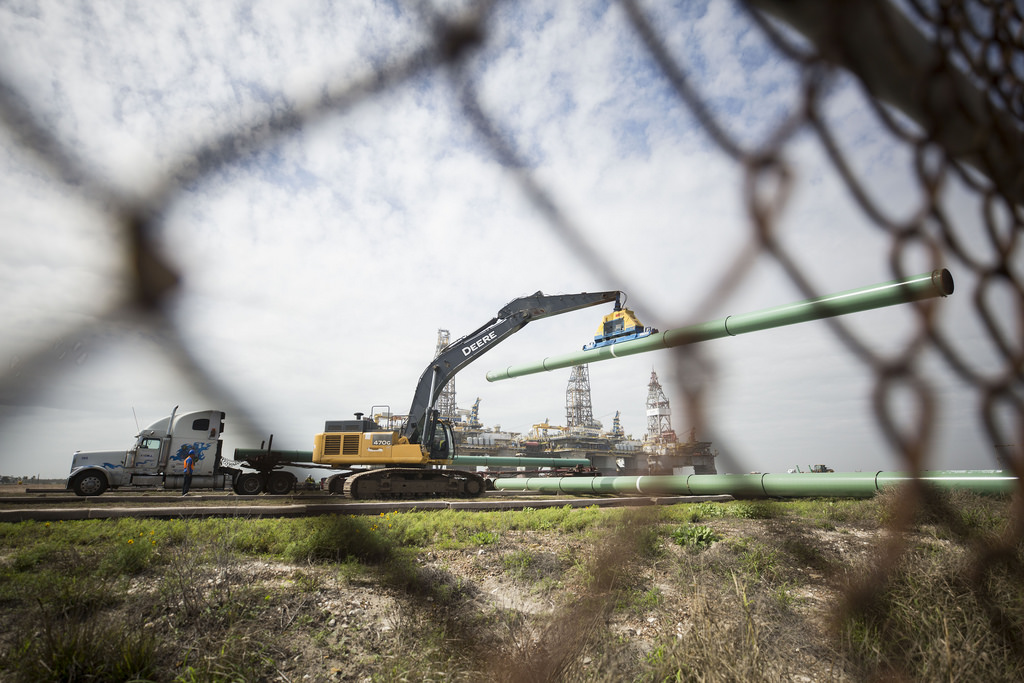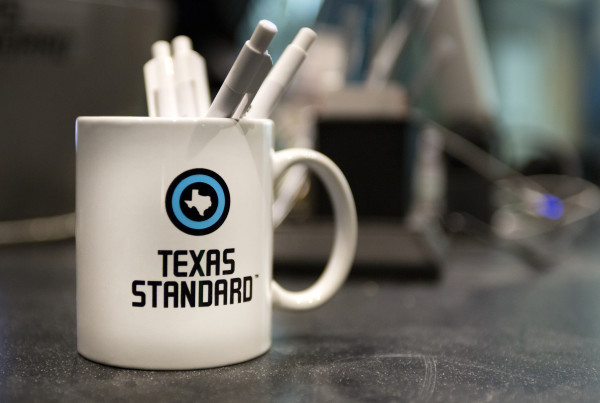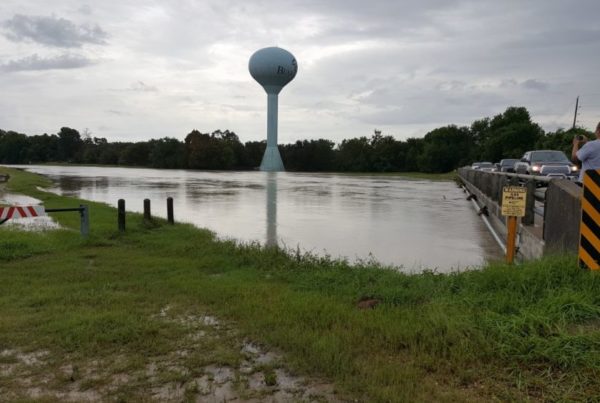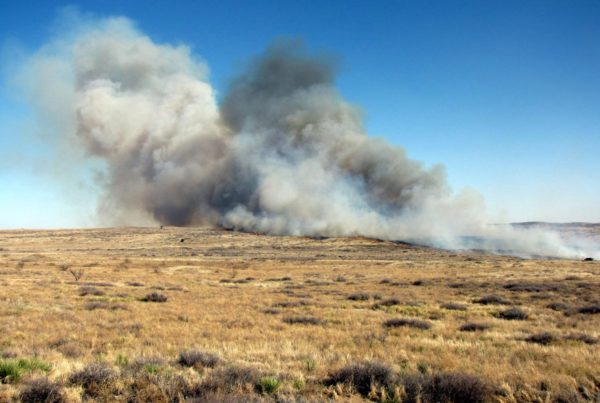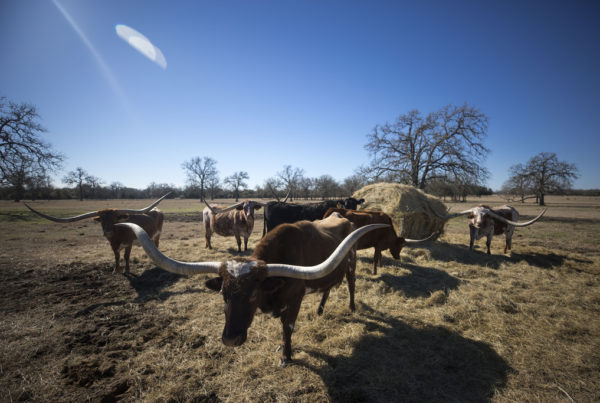If you live along Texas’ hurricane-prone Gulf Coast, it can be tough to find insurance against wind damage. Which is where the Texas Windstorm Insurance Association, also known as TWIA, steps in. It’s a quasi-government agency that insures home and business owners who can’t find hurricane-related insurance elsewhere. It holds more than 200,000 policies, covering upwards of $60 billion worth of property.
As you might expect, Hurricane Harvey put a strain on TWIA. Policyholders filed nearly 70,000 claims worth more than $1 billion. In response, the association voted this week to raise its premiums by 10 percent – a move criticized by lawmakers on both sides of the aisle.
But Seth Chandler, a professor specializing in insurance law at the University of Houston Law Center, says Hurricane Harvey is only part of the reason rates are going up.
“If you look at the last decade, which includes Harvey but it also includes one of the longest hurricane droughts in Texas history, TWIA paid out about 20 percent more than it took in and so that’s evidence that the rates, high as they may be, are actually too low relative to the risk… I think it exposed the fact that TWIA has historically had lower rates than are justified by the weather and risk on the coast,” Chandler says.
Raising rates was by no means a unanimous decision. The windstorm insurance group’s board of directors approved the rate hike by a five to four vote.
But if TWIA had not raised rates, Chandler says, “it would be in an even worse financial predicament than it finds itself in now. The fact is that Hurricane Harvey basically wiped out TWIA. It has essentially nothing left in its piggy bank, and so continuing with policy rates that are low are simply not going to stand a chance in the long run of rebuilding that piggy bank.”
Not long ago, TWIA settled a lawsuit for more than $100 million for unpaid claims after Hurricane Ike. Now, more legal battles are brewing.
“There are many who are saying that TWIA has underpaid claims for Harvey,” Chandler says. “Those are being litigated now in the courts. There are, I think, over 100 such lawsuits, and it is quite possible that the ultimate bill for Harvey will be even larger than the $1.6 billion that TWIA now estimates it’s going to have to pay out.”
As a result, Texans who don’t live along the coast could experience hikes in insurance costs too.
“Some of the money to pay for Harvey is coming out of assessments on insurers who do not necessarily write hurricane or property insurance on the Texas coast,” Chandler says. “So if you are a policyholder in Amarillo or in Dallas, you may see a modest, a small but nonetheless existing hike in your insurance in order to continue to subsidize people that live on the coast.”
But those on the coast will continue to bear the brunt of high wind insurance costs, Chandler says.
“It is very painful to be living on the Texas coast. I have many friends who do and I hear of how much they pay in insurance rates, and it is very daunting,” Chandler says. “The fact is though what’s even worse is having an underfunded insurance company that can’t actually pay claims when the time comes, when a major storm hits. And let me just remind you that although Harvey was a terrible, terrible flooding event, it actually was not the cataclysmic wind event—that’s what Texas residents need protection against.”
Next spring,Texas will enter a new legislative session, during which, Chandler says, representatives should make a number of changes.
“The answer is there needs to be some fundamental reforms of TWIA that they have a valiantly-constructed bandaid on it that is keeping them in a trap,” he says. “They have to borrow money every year in order to keep themselves liquid, they have to pay very high reinsurance rates in order to cover the bill. That is not a sustainable long-term model for an insurance agency.”
The problem also has to do with coverage models.
“I think they need to make themselves a little less generous in the coverage they’re providing,” Chandler says. “Right now, TWIA will cover you if you’ve got a $1.5 million beach home in Galveston, they will cover you fully, you don’t have to go out and get private insurance. The National Flood Insurance Program, by contrast, only covers you up to $250,000, it says if you have a more lavish home than that, you’re not getting subsidized, you’ve got to got find coverage in the private market. We also need to look at tougher building codes, more like Florida and other jurisdictions, so that when big storms come, the bill is somewhat less.”
Written by Rachel Taube.


